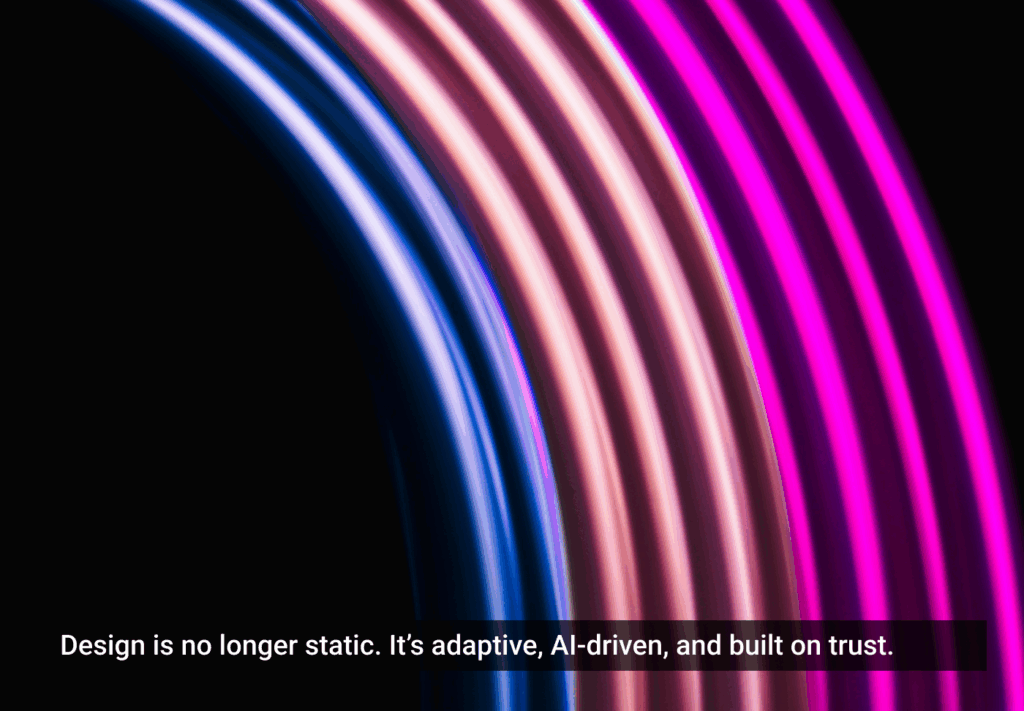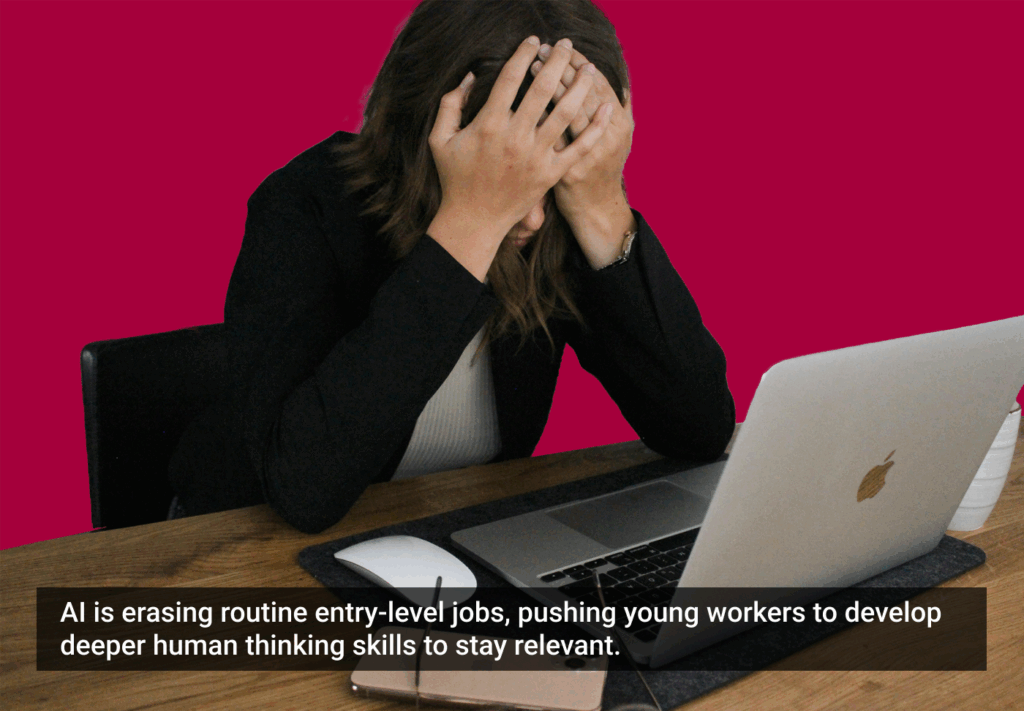- Artificial Intelligence, Future of Work, UX Design
Learn how one team cut 135 hours of UX work using AI without losing quality, control, or their minds.
Article by Pavel Bukengolts
AI+UX: A Few Notes from the Field
- The article shows how thoughtful, well-structured AI use can reduce UX delivery time by nearly half without increasing team size or compromising quality.
- The piece highlights how AI speeds up core workflows: from research and contracts to visuals and prototyping, while retaining human judgment, alignment, and final decision-making.
Share:AI+UX: A Few Notes from the Field
Share this link
- December 16, 2025
3 min read







